This article was co-authored by Karen De Jager. Karen De Jager is a Professional Photographer and the Owner of Spectrum Photography LLC, operating in the broader East Bay area based in Pleasant Hill, California. Karen is a published and award-winning photographer who offers both in-studio, outdoor, and on-location sessions specializing in capturing a wide variety of special moments and events in a natural, photojournalistic style. Her ability to look at every photoshoot as an adventure and general passion for delivering excellent customer service led to Spectrum Photography’s recognition by Expertise.com as the “Best Wedding Photographers in Vallejo” in both 2018 and 2020.
This article has been viewed 631,107 times.
Whether it is a random, spur-of-the-moment snapshot or well-thought-out compositions, a camera phone is a valuable tool for photography. Often, the most inspiring pictures occur in everyday life when you do not have a standard camera with you. The phone that you are carrying in your pocket can capture those impromptu photo moments when it's impractical or even impossible to have your SLR or other camera with you at all times.
The most important thing to remember, however, is to not let good advice stop you from capturing a great moment. The technical and compositional minutiae do not matter if you don't take the picture at all because you're too busy trying to follow the rules. The most important thing in the world is that you take a picture that you will remember. With that said...
Steps
Setting Up Your Phone for Better Pictures
-
1Clean the lens. Over time the camera lens can collect lint and create a blurred image. Just give it a good wipe with a clean cloth.
-
2Set your phone to its highest picture quality and resolution. You might end up taking a good enough shot that you want to print it out; you won't be able to do this if you only have a low-resolution version of the photo.Advertisement
-
3Turn off picture frames. A normally great shot may be ruined by a cheesy frame or background; if you really must have one, add the frame after you take the picture.
-
4Turn off any other effects. These include black-and-white, sepia tones, inverted colours, and so on. These aren't as necessarily as cheesy-looking as frames and have their place; nonetheless, these things are much better done in photo editing software later on than on board the phone. You may find, for example, that when you view your photo on a large screen that the colours in your scene are far too good to lose to black-and-white.
-
5Set the white balance, if your phone supports it. The human eye usually adjusts for lighting, and so white appears white in any kind of lighting.[1] A camera, however, will see that a given subject is redder than normal under normal incandescent household lighting. Better camera phones will give you the option to adjust the camera for this. If you have such an option, use it. If you're not sure what setting to use, experiment.
Setting Up Your Shot
-
1Avoid subjects in low light, at least if you want them to be consistently lit. The small sensors in camera phones cannot run at high ISO speeds (i.e. high sensitivity to light, permitting indoor photos without a flash) without introducing large amounts of noise. In most circumstances, this precludes indoor photos other than in the best-lit places.
- If you have to shoot indoors, consider what artificial lighting sources you have. Avoid fluorescent light, as it can cast a green tint on your subjects. [2]
- Make sure you camera is stable in low light. Camera phones slow the shutter speed in low light, and this can capture any movement you make and blur your photo.
-
2Avoid bright reflections, and other "hot-spots". This will either force the camera to under-expose the rest of the shot, or cause the camera to blow out the highlights on the brightest parts of the shot. The latter is worse, since it is sometimes possible to extract details from parts of the image that are too dark, but impossible to recover blown highlights (since there is no detail therein to extract). On the other hand, this can be used to artistic ends, such as with bright light streaming through a window. People pictures will look best in diffuse lighting such as open shade, under a cloudy sky, or in bright artificial light. Try to include bright colors, which will show up well, rather than a range of light and dark areas (which will both lose detail).
- Try to find your primary light source first. For example, are you outside and only one light source, the sun? Place your subject between you and the sun (so the sun is to their back) for a flattering glow behind your subject.
-
3Avoid anything that requires tight focusing. Due to their very short focal lengths (the distance between a camera's optical elements and the sensor, again, owing to their small sensors), camera phones excel at shots where nearly all of a scene is in focus. However, this (and their typically weak auto-focus mechanisms) usually precludes focusing on objects very close to the phone, or having a very shallow depth of field to get a blurred background effect (which can, with varying degrees of authenticity, be faked in software later anyway).
-
4Avoid "mirror shots", as well as arm-length shots taken by yourself. Mirrors also often end up confusing auto-focus mechanisms. Get outside and get someone to take the photo for you. If you'd rather take the picture yourself, most camera phones have an auto-timer feature so you can set the phone somewhere and get into frame.
-
5Keep your subject big and prominent. Fine details, such as leaves on trees at a distance, will be smeared out.
- It is best to shoot things as close to the subject as possible. If you can get up close to your subject and frame it tightly, you will get the best results.
- Most smartphone cameras have a digital zoom, but using this won't help you get detailed pictures from far away. Using this is just essentially cropping your picture on the screen rather than during editing.
-
6Keep your background clutter free. Camera phones won't automatically focus on the foreground and do not have settings to do so.[3]
-
7Use your flash judiciously. If you find yourself using a flash because your whole scene is insufficiently lit, you're probably taking photographs indoors in poor light. Don't do this, and go back to the first step; a scene lit entirely by your flash will look un-natural, since on a camera phone it is not typically possible to aim the flash anything but directly ahead (i.e. you can't bounce it off ceilings or walls, as with dedicated flash guns for SLR cameras). On the other hand, a flash is a good option for filling in shadows in harsh sunlight.
-
8Frame your shot. Make sure that everything you want in the shot is in the picture, and ready to be captured. Some phones show the entire viewfinder, meaning that what is on the screen is exactly what will be captured in the image. Other phones, however, only show what is in the middle of the image, but will capture more than the viewfinder shows. Err on the side of putting too much empty space into your picture; you can always crop it later.
- Use the rule of thirds. When composing a picture, imagine two horizontal lines and two vertical lines crossing like a tic-tac-toe grid on top of it.[4] Place strong lines and divisions like the horizon on the gridlines. Let elements of interest fall on the intersections.
-
9Use a backdrop when shooting still scenes. A black background is a good start, as it can make objects and colors pop in your photo.[5]
- Black velvet material is a good choice because it absorbs all light that hits it. It will help diminish shadows and reflections.
- Make sure the fabric is taught, as wrinkles will show up in the photo and distract from the subject.
-
10Finally, take the picture. Keep your hand steady as you press the shutter button. After you take the picture, keep the phone in position to allow the picture to be recorded. If you move immediately after pressing the shutter button, often times you will just get a blur!
-
11Save the picture to your phone, if desired, copy it to your computer for any post-processing, and show it to your friends!
Community Q&A
-
QuestionHow do I take clear and high-quality photos with a low-quality camera?
 Community AnswerIt could be a little hard to do as it requires good sensors for higher quality pictures, but you can achieve it by External flash for DSLR (this is the expansive option) or you can use any source of flashing as it adds a more sharpened and crisp look to the pictures.
Community AnswerIt could be a little hard to do as it requires good sensors for higher quality pictures, but you can achieve it by External flash for DSLR (this is the expansive option) or you can use any source of flashing as it adds a more sharpened and crisp look to the pictures. -
QuestionHow can I take a photo of a picture within my phone?
 Community AnswerTo take a picture of your screen, also called a screenshot, all you have to do is click the home button and the off button at the same time.
Community AnswerTo take a picture of your screen, also called a screenshot, all you have to do is click the home button and the off button at the same time. -
QuestionHow can I print a picture from my phone?
 Community AnswerPlug your phone into your computer with an adapter ( ex. Micro usb to usb), and then search through the phone file directory for the picture. You may want to copy or drag the photo file to your desktop so you don't need to look for it all over again. Then, just print the file, ideally on photo paper. If you want to print it professionally, you either need to have a great printer and the correct paper, or ]save it to a USB drive and bring it to a photo development desk, which are common in Walmart or Costco.
Community AnswerPlug your phone into your computer with an adapter ( ex. Micro usb to usb), and then search through the phone file directory for the picture. You may want to copy or drag the photo file to your desktop so you don't need to look for it all over again. Then, just print the file, ideally on photo paper. If you want to print it professionally, you either need to have a great printer and the correct paper, or ]save it to a USB drive and bring it to a photo development desk, which are common in Walmart or Costco.
Warnings
- Always respect laws and etiquette guidelines when it comes to photography in public spaces. Taking a candid photo or video of someone without their consent can violate privacy laws and is generally discourteous. Many places, such as museums or art galleries, don't allow flash photography.⧼thumbs_response⧽
Things You'll Need
- A phone with an integrated camera with free memory space.
- A photographic subject
References
- ↑ For a fuller explanation, and examples, see Ken Rockwell's page on the subject.
- ↑ http://www.pcmag.com/article2/0%2c2817%2c2417521%2c00.asp
- ↑ http://photography.nationalgeographic.com/photography/photo-tips/camera-phone-photos/
- ↑ http://photography.nationalgeographic.com/photography/photo-tips/camera-phone-photos/
- ↑ http://photography.nationalgeographic.com/photography/photo-tips/camera-phone-photos/
About This Article
To take good pictures on your camera phone, start by wiping the camera lens with a clean cloth so your pictures don't turn out blurry. Then, set your phone to the highest picture quality and resolution so your photos look as crisp and professional as possible. Also, always turn off any effects or filters when you're taking pictures since they can ruin a shot. You can always add them in later using the editing settings on your phone or computer! To learn how to use the flash setting on your camera phone, scroll down!
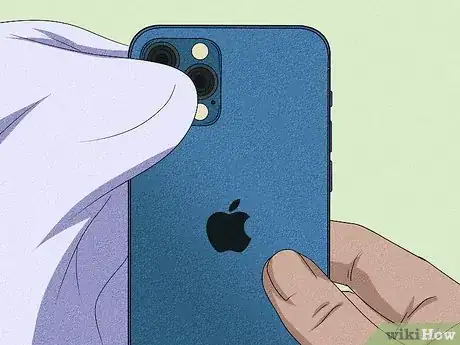
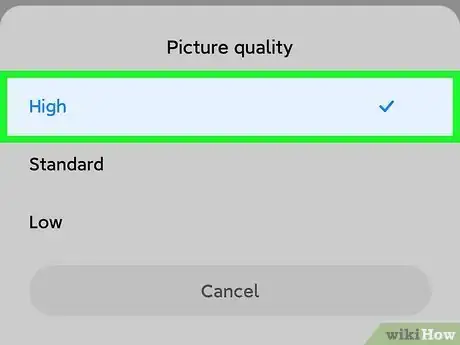
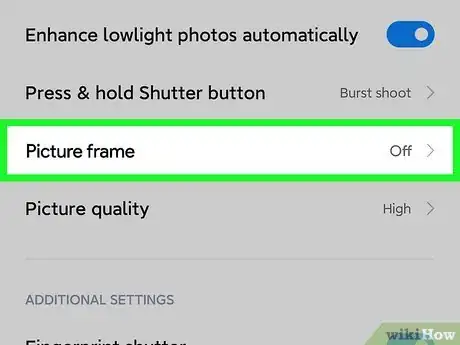
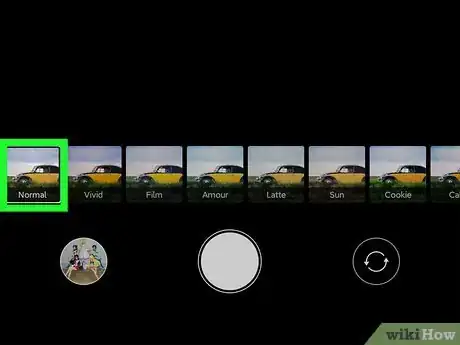
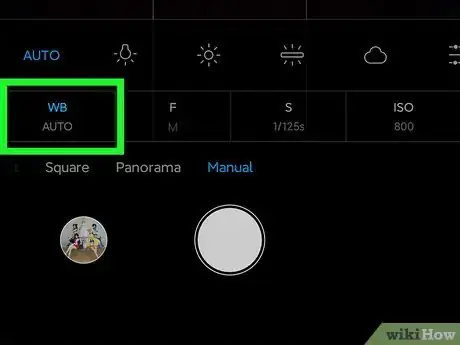
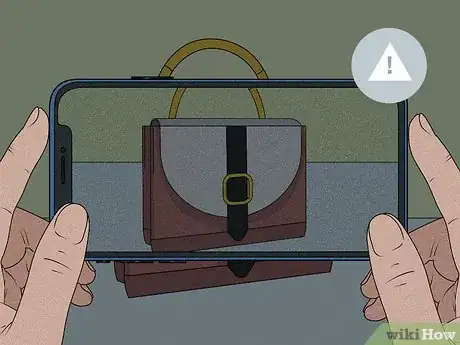
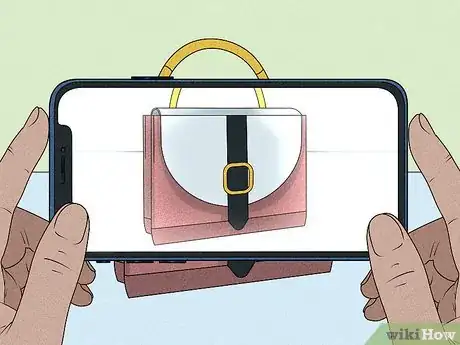
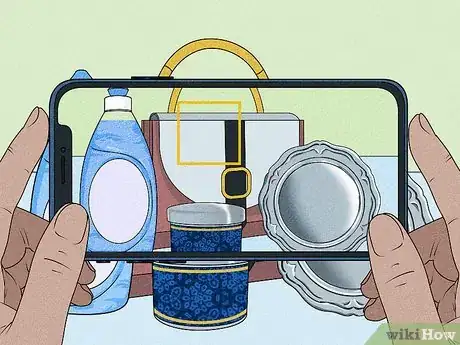
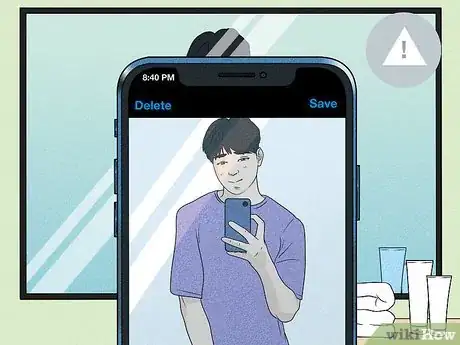
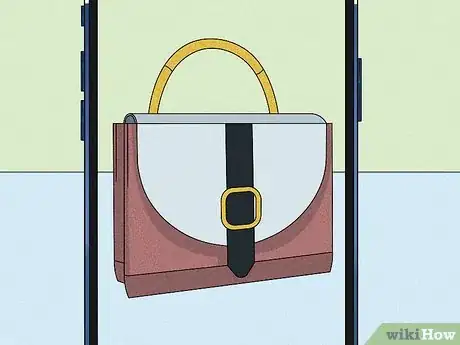

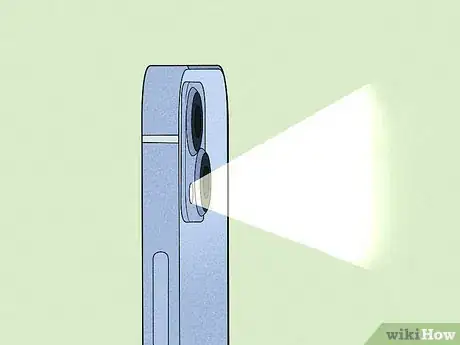
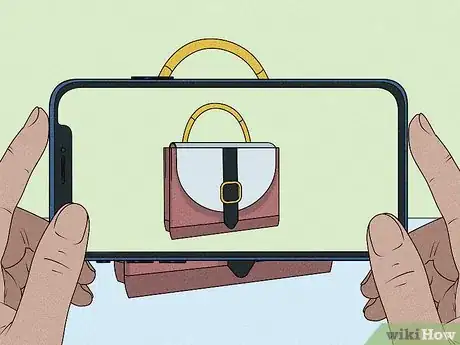

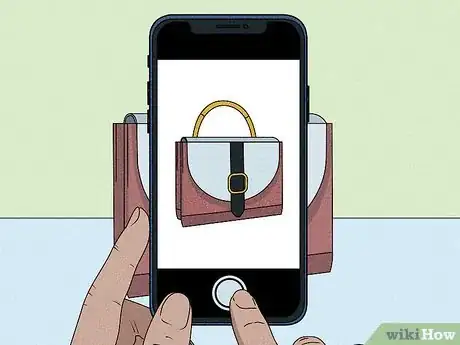
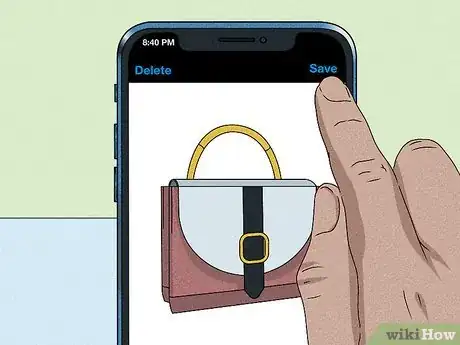
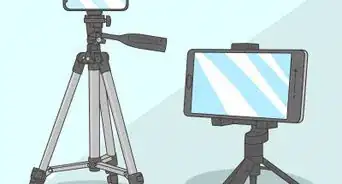
-Step-9-Version-2.webp)
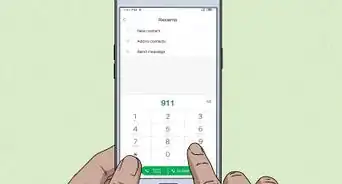

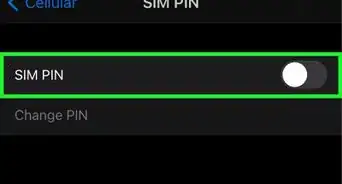





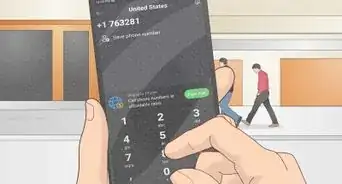

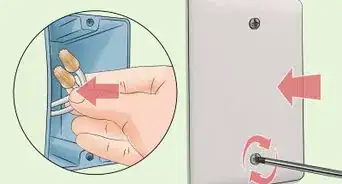












-Step-9-Version-2.webp)




































